.webp)
Quaker Oats Company
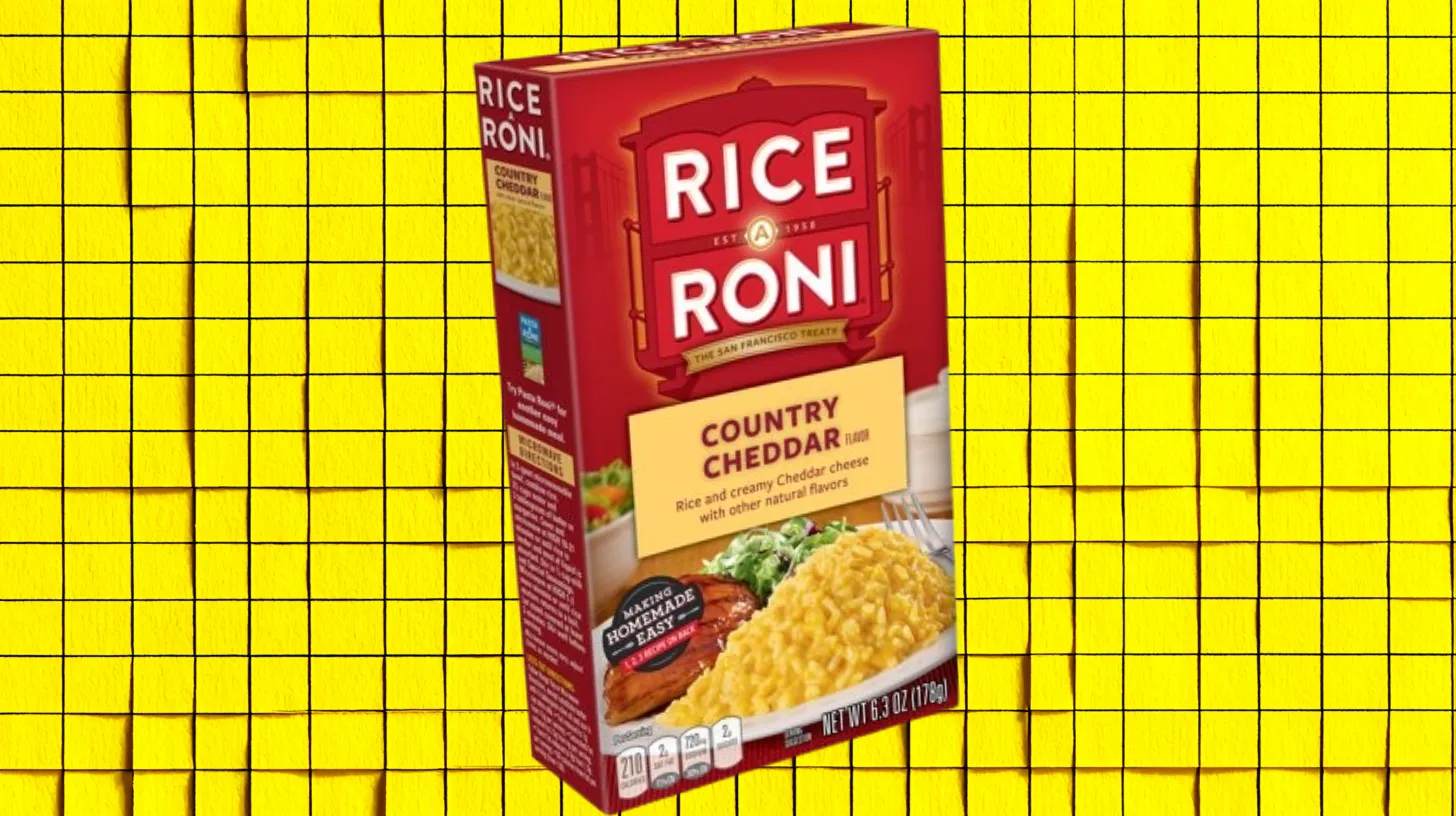
Discontinued: 2022
Country Cheddar mixed rice with sharp cheddar cheese. Customers loved pairing it with chicken and beef. When stores stopped selling it, fans ordered cases online. Rice-A-Roni replaced it with Four Cheese, but people still begged for the original.
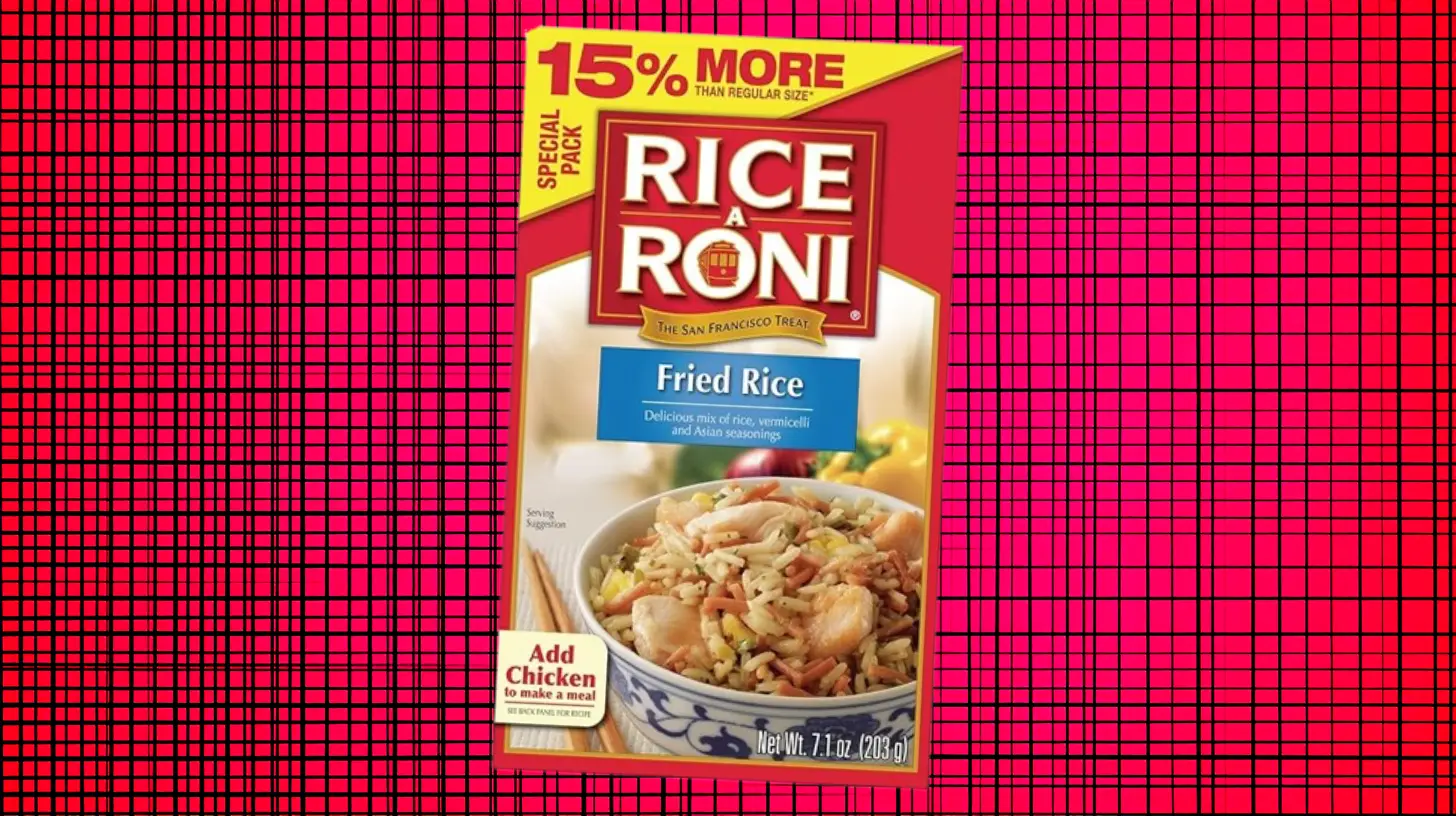
Discontinued: Unknown (replaced by Stir Fried Rice)
Fried Rice launched in 1962 as Rice-A-Roni's first international flavor. It combined rice and vermicelli with Asian spices. The company later replaced it with a similar item called "Stir Fried Rice" to match modern cooking terms.
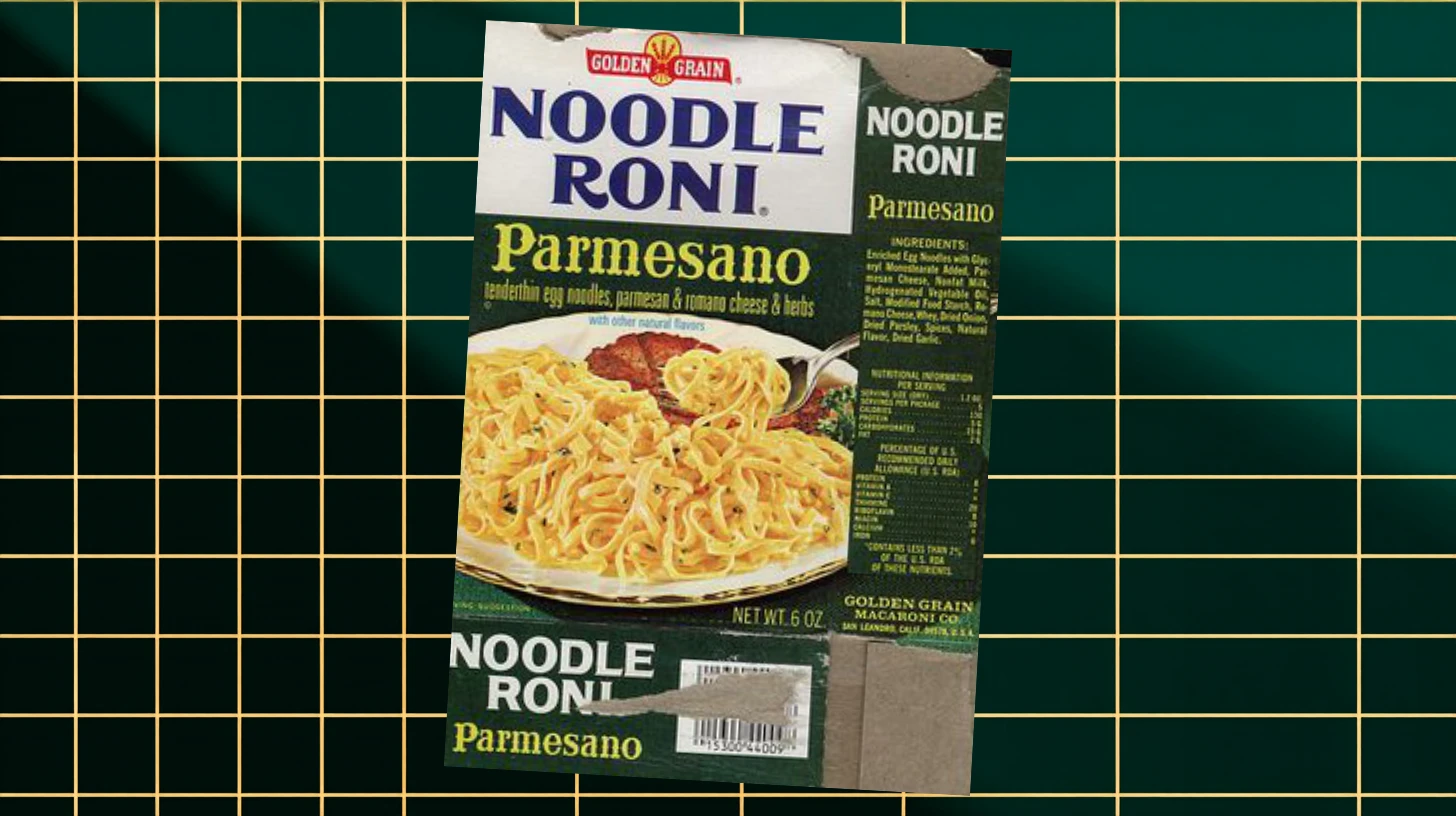
Discontinued: 1995
One dinner in Rome changed everything. In 1964, Vince DeDomenico ate fettuccine Alfredo at Alfredo's Restaurant. He wanted to bring that creamy pasta to American kitchens. Parmesano was launched with Parmesan and Romano cheese sauce. That single meal created the entire Noodle Roni line.
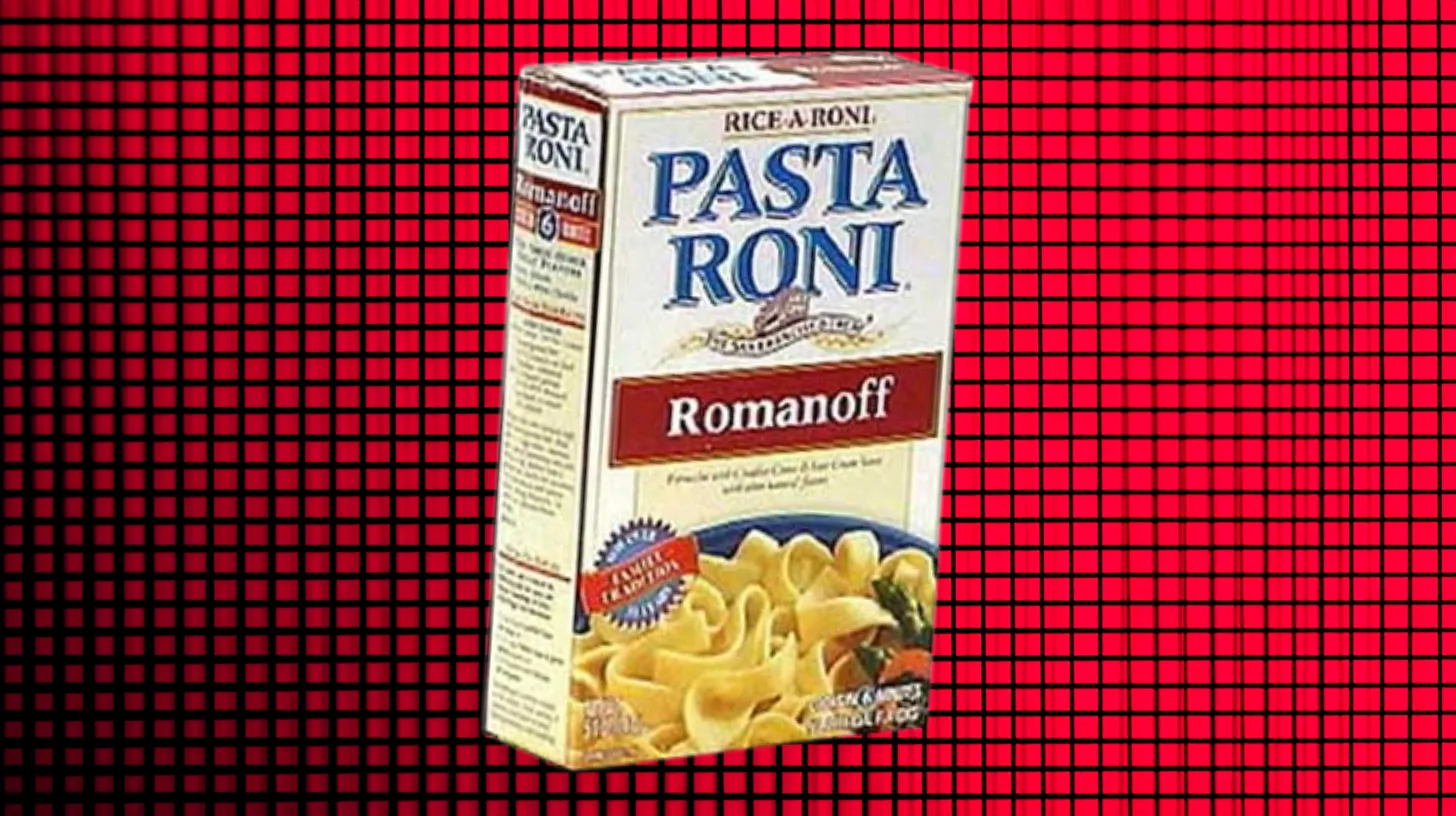
Discontinued: 1995
Romanoff featured creamy noodles with rich Russian-style sauce. The name played on the 1960s fascination with European cooking. It helped turn noodle dishes into dinner options, not just sides.
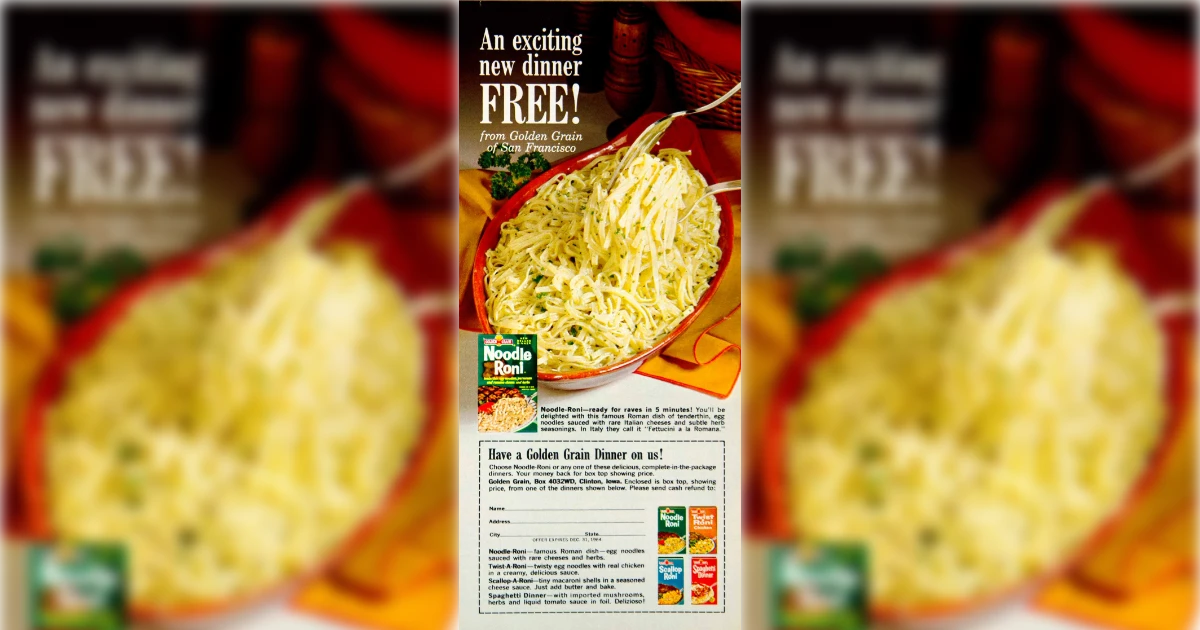
Discontinued: 1995
Stroganoff brought classic beef stroganoff flavor to pasta. The creamy dish showed Rice-A-Roni's shift toward hearty meals. All Noodle Roni products became Pasta Roni in 1995.

Discontinued: Effectively discontinued
Herb & Butter contained only parsley, onion, and garlic. Three seasonings made for bland food. YouTube reviewers called it terrible. It shows how flavor experiments can fail bigly.
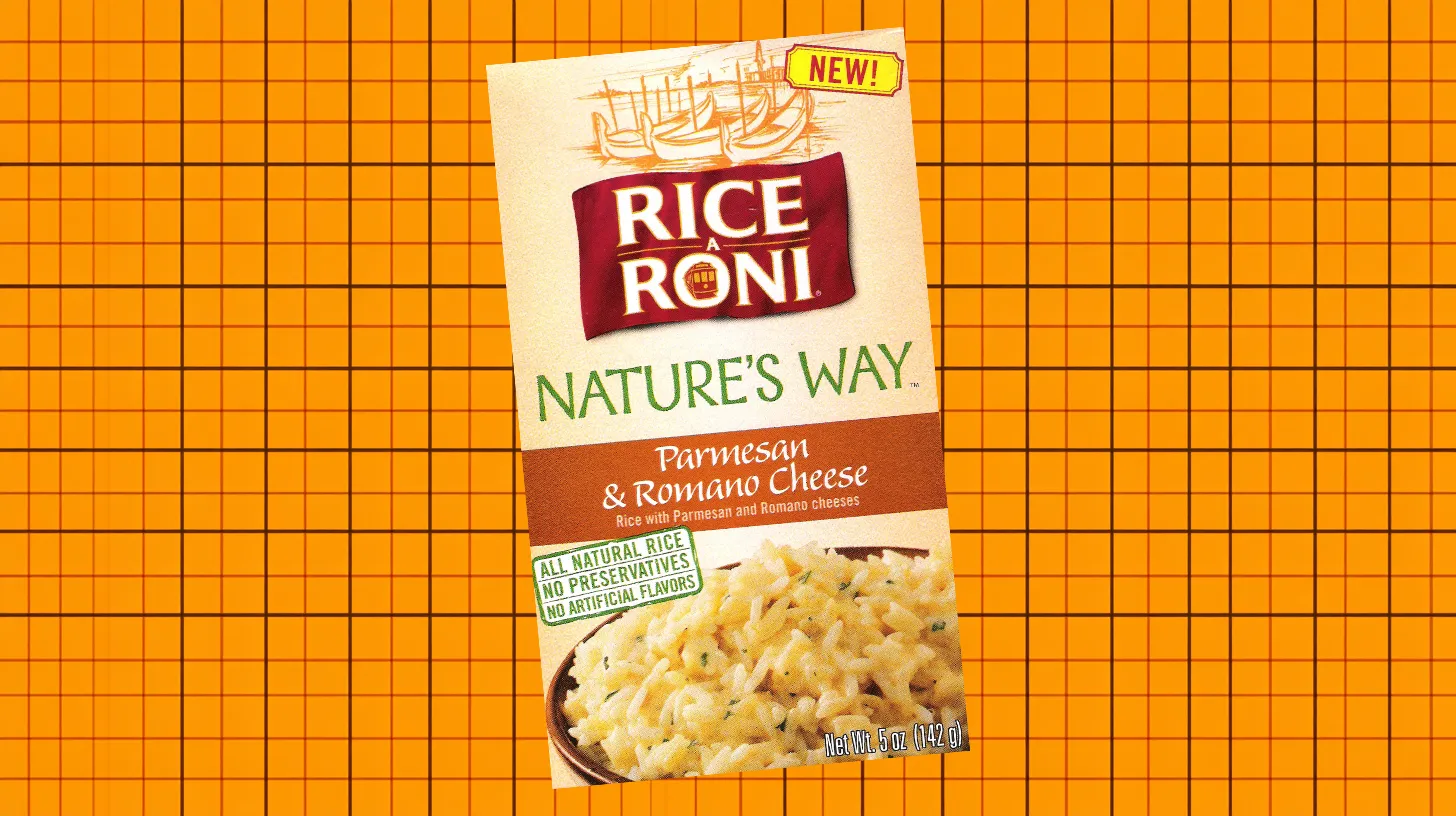
Discontinued: Phased out (early 2000s)
Nature's Way used natural rice and pasta without preservatives. Rice-A-Roni launched it during the early 2000s health craze. But poor sales discontinued the food line. Americans weren't ready for these "clean" boxed meals.

Discontinued: Status unclear (early 2000s)
Whole Grain Blends added fiber to familiar flavors. They targeted health-conscious shoppers during the fiber boom. Like Nature's Way, they disappeared quietly.

Discontinued: Status unclear
Rustic Recipes promised restaurant-quality flavors in a box. The name suggested homemade cooking despite being processed food. It targeted people wanting fancy convenience meals.